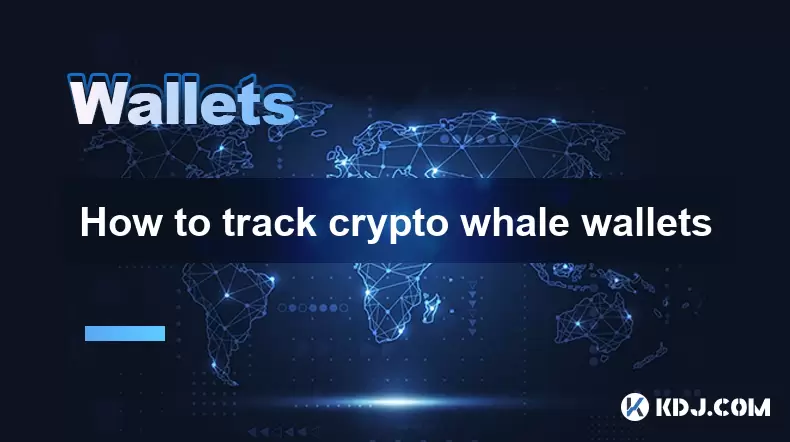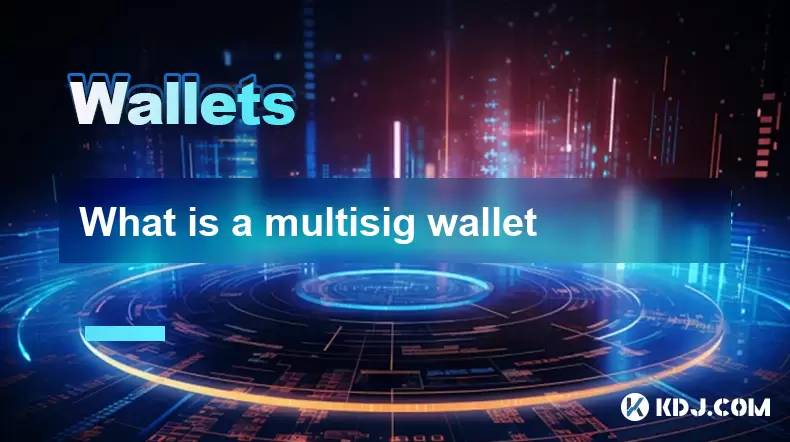-
 Bitcoin
Bitcoin $118,841.1054
1.02% -
 Ethereum
Ethereum $3,364.2689
7.44% -
 XRP
XRP $3.0337
3.93% -
 Tether USDt
Tether USDt $1.0004
0.04% -
 BNB
BNB $708.2059
2.49% -
 Solana
Solana $173.2385
5.74% -
 USDC
USDC $0.9999
-0.01% -
 Dogecoin
Dogecoin $0.2121
6.85% -
 TRON
TRON $0.3090
2.81% -
 Cardano
Cardano $0.7628
2.25% -
 Hyperliquid
Hyperliquid $46.8391
-2.08% -
 Stellar
Stellar $0.4537
0.15% -
 Sui
Sui $3.9529
-2.88% -
 Chainlink
Chainlink $16.6414
3.72% -
 Hedera
Hedera $0.2354
1.52% -
 Bitcoin Cash
Bitcoin Cash $499.1285
0.43% -
 Avalanche
Avalanche $22.6400
0.57% -
 Shiba Inu
Shiba Inu $0.0...01438
4.88% -
 UNUS SED LEO
UNUS SED LEO $8.8507
-0.64% -
 Toncoin
Toncoin $3.1498
2.35% -
 Litecoin
Litecoin $97.4954
1.21% -
 Polkadot
Polkadot $4.1541
1.50% -
 Monero
Monero $331.4406
-1.03% -
 Pepe
Pepe $0.0...01350
5.24% -
 Uniswap
Uniswap $8.9103
-5.01% -
 Bitget Token
Bitget Token $4.7540
4.51% -
 Dai
Dai $0.9999
-0.02% -
 Ethena USDe
Ethena USDe $1.0008
0.00% -
 Aave
Aave $322.3328
-1.63% -
 Bittensor
Bittensor $431.8026
-0.50%
Can I use the same recovery seed on two Trezor devices
You can use the same recovery seed on two Trezor devices for redundancy, but both will control the same wallet, increasing security risks if either device is compromised.
Jul 12, 2025 at 05:21 pm

Understanding Recovery Seeds in Trezor Devices
A recovery seed is a sequence of 12 to 24 words generated during the initial setup of a Trezor hardware wallet. This seed acts as a backup for your cryptocurrency funds and allows you to recover access to your digital assets in case your device is lost, stolen, or damaged. The recovery seed is derived from your private keys using a standardized algorithm known as BIP-39, ensuring compatibility across different wallets that follow this standard.
Using the same recovery seed on multiple devices essentially means restoring the same wallet on more than one hardware wallet. While this is technically possible with Trezor Model T and Trezor One, it's important to understand the implications before proceeding.
Important:
When you restore a recovery seed on a second Trezor device, both devices will have identical access to the same wallet and funds.Steps to Use the Same Recovery Seed on Two Trezor Devices
If you decide to use the same recovery seed on two Trezor devices, follow these steps carefully:
- Begin by initializing the first Trezor device and recording the recovery seed.
- Once the first device is set up, proceed to initialize the second Trezor device.
- During the setup process of the second device, choose the option to restore from recovery seed instead of creating a new wallet.
- Enter the recovery phrase exactly as it was recorded from the first device.
- Confirm each word during entry to avoid any mistakes.
- Complete the setup process on the second device.
After this process, both devices will control the same wallet. Any transaction signed and confirmed using one device will reflect the same balance on the other.
Security Considerations When Duplicating a Recovery Seed
While duplicating a recovery seed can provide redundancy, it also introduces certain security risks. Since both devices are now tied to the same wallet, compromising either device could lead to loss of funds.
- Physical security becomes critical — both devices must be stored securely.
- If one device is exposed to malware or phishing attacks, the entire wallet is at risk.
- Sharing or exposing the recovery seed in any form increases vulnerability.
- Regular firmware updates should be applied to both devices to maintain security standards.
It's crucial to treat both devices as equally sensitive and never expose the recovery seed to untrusted environments.
Use Cases for Using the Same Seed on Multiple Devices
There are valid scenarios where users might want to use the same recovery seed across two Trezor devices:
- Backup redundancy — having a second device ready eliminates the need to re-enter the seed manually if the primary device fails.
- Travel convenience — carrying a secondary device avoids the need to carry the original seed phrase physically.
- Testing purposes — developers or advanced users may test wallet functionality without risking their main device.
In all these cases, users should remain aware of the trade-offs between convenience and security.
Alternatives to Duplicating Recovery Seeds
Instead of using the same recovery seed on two Trezor devices, consider alternative strategies that offer better security:
- Create a physical backup of the seed using metal storage solutions like Billfodl or Cryptosteel.
- Store the original recovery seed in a secure location such as a safe or safety deposit box.
- Use multi-signature (multisig) wallets that require multiple approvals for transactions, distributing risk across several devices or parties.
- Maintain separate wallets for daily use and long-term storage, reducing exposure of the main seed.
These approaches allow for robust fund management without duplicating sensitive information.
Frequently Asked Questions
Q: Can I use the same PIN on both Trezor devices after restoring the seed?
Yes, you can set the same PIN on both devices. However, it’s recommended to use unique PINs to reduce the risk of simultaneous compromise.
Q: Will both Trezor devices show the same transaction history?
Yes, since both devices are connected to the same wallet via the duplicated seed, they will display identical transaction histories when used with compatible software like Trezor Suite or third-party wallets.
Q: Is it possible to reverse the duplication of a recovery seed?
No, once a seed is restored onto another device, there is no way to "unlink" them. The only way to isolate access is to create a new wallet and transfer funds to a fresh recovery seed.
Q: Can I use the same seed on a different brand of hardware wallet?
Yes, most hardware wallets support BIP-39, so you can restore a Trezor seed on devices like Ledger or KeepKey. However, some advanced features may not be fully compatible.
Disclaimer:info@kdj.com
The information provided is not trading advice. kdj.com does not assume any responsibility for any investments made based on the information provided in this article. Cryptocurrencies are highly volatile and it is highly recommended that you invest with caution after thorough research!
If you believe that the content used on this website infringes your copyright, please contact us immediately (info@kdj.com) and we will delete it promptly.
- Coinbase's 'Base App': Your All-in-One Crypto Hub?
- 2025-07-17 12:30:13
- Raydium, RAY Repurchase, and Circulation: A Solana Ecosystem Powerhouse
- 2025-07-17 12:30:13
- Bitcoin, Ethereum, Market Cap: Decoding the Crypto Buzz
- 2025-07-17 12:50:12
- Bitcoin Whale Wallets: Navigating the Tides of Crypto Fortunes
- 2025-07-17 13:00:12
- California Dreamin' Web3: Coinbase, Ripple, and the Golden State's Crypto Embrace
- 2025-07-17 10:30:12
- Navigating the Base Ecosystem: Investment Targets and Strategic Restructuring
- 2025-07-17 10:50:12
Related knowledge

What is a hardware wallet's secure element
Jul 11,2025 at 10:14pm
What is a Hardware Wallet's Secure Element?A hardware wallet is one of the most secure ways to store cryptocurrencies. Unlike software wallets, which ...

How to track crypto whale wallets
Jul 16,2025 at 10:00am
What Are Crypto Whale Wallets?Crypto whale wallets refer to large cryptocurrency holdings controlled by individuals or entities that have the potentia...

What is the difference between a custodial and non-custodial wallet
Jul 13,2025 at 03:21am
Understanding Wallet Types in CryptocurrencyIn the world of cryptocurrency, digital wallets play a crucial role in managing and securing assets. A wal...

What is a multisig wallet
Jul 16,2025 at 01:42am
Understanding the Concept of a Multisig WalletA multisignature (multisig) wallet is a type of cryptocurrency wallet that requires more than one privat...

How to add a new network to MetaMask
Jul 11,2025 at 11:42pm
Understanding the Need to Add a New NetworkWhen using MetaMask, a popular Ethereum-based cryptocurrency wallet, users often need to interact with diff...

How to add Ethereum L2 networks like Arbitrum to Trezor
Jul 11,2025 at 12:36am
What Is Ethereum L2 and Why Add It to Trezor?Ethereum Layer 2 (L2) networks, such as Arbitrum, are scaling solutions designed to reduce congestion on ...

What is a hardware wallet's secure element
Jul 11,2025 at 10:14pm
What is a Hardware Wallet's Secure Element?A hardware wallet is one of the most secure ways to store cryptocurrencies. Unlike software wallets, which ...

How to track crypto whale wallets
Jul 16,2025 at 10:00am
What Are Crypto Whale Wallets?Crypto whale wallets refer to large cryptocurrency holdings controlled by individuals or entities that have the potentia...

What is the difference between a custodial and non-custodial wallet
Jul 13,2025 at 03:21am
Understanding Wallet Types in CryptocurrencyIn the world of cryptocurrency, digital wallets play a crucial role in managing and securing assets. A wal...

What is a multisig wallet
Jul 16,2025 at 01:42am
Understanding the Concept of a Multisig WalletA multisignature (multisig) wallet is a type of cryptocurrency wallet that requires more than one privat...

How to add a new network to MetaMask
Jul 11,2025 at 11:42pm
Understanding the Need to Add a New NetworkWhen using MetaMask, a popular Ethereum-based cryptocurrency wallet, users often need to interact with diff...

How to add Ethereum L2 networks like Arbitrum to Trezor
Jul 11,2025 at 12:36am
What Is Ethereum L2 and Why Add It to Trezor?Ethereum Layer 2 (L2) networks, such as Arbitrum, are scaling solutions designed to reduce congestion on ...
See all articles

























































































